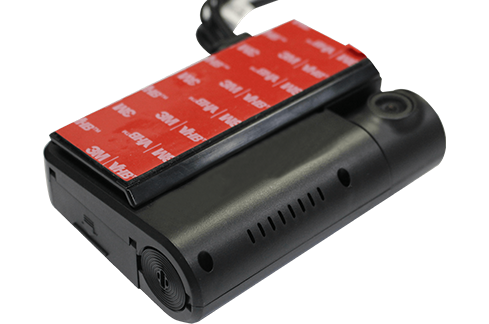Is a single or Dual Channel Dash Cam Best
Is a single or dual channel dash cam best
Is a single or dual-channel dash cam best? Here's what you need to know when purchasing a driving recorder. The term "channel" refers to the number of cameras used in the kit and whether it records the front only or includes a second camera for capturing footage from the rear.

A dual-channel dash cam has two cameras, with the front unit placed on the windshield to record driving situations and a smaller camera to capture footage from the rearview mirror. However, a single forward-facing dash cam is more commonly used by drivers long-term.
For private cars, trucks, and SUVs, using a dual-channel dash cam with two or more cameras can provide better coverage and visibility, especially for capturing unstable behavior of pedestrians in front or accidents from behind.
For everyday drivers looking to record their road trips, unforeseen situations, or long-distance drives for liability reasons, a single-channel driving recorder is the ideal choice. Whereas a dash cam with two channels has a front-facing camera and a second camera that can simultaneously record what happens at the back of the vehicle.
Should I equip my dash cam with two single-channel cameras
Most people opt for a dual-channel dash cam and install one in the rear of their vehicle. Currently, rear-facing cameras often have lower resolutions, so having two dash cams (one installed in the rear) will provide better coverage. With the Yuwei dual-camera system, both the front and rear cameras shoot at a resolution of 1080p to ensure you have high-definition videos for capturing license plate numbers and even facial features of other drivers within range. You can also get a specific rear mounting bracket for easy installation, and both cameras share the same power source.

Can you convert a single-channel camera into a dual-camera system?
Some shoppers are wondering if they can purchase a single-camera system now and later upgrade it to a 2-channel camera system by inserting a rear unit. If there is an available 2-channel interface, it is possible. Currently, you can consult our engineers to see if such an operation is supported.
Advantages of a 2-channel dashcam
1. More evidence: Installing front and rear dual cameras provides more accident information, helping drivers obtain reliable proof and offering greater assurance compared to a single camera.
2. Cost-effective: Dual-channel models are reasonably priced and also come with additional features like WiFi and GPS, making them a more economical choice.
3. Reduced insurance fraud risk: The video evidence from dual cameras can help resolve conflicting reports, ensuring that everyone involved in an accident receives appropriate compensation.
4. Lower insurance premiums: By utilizing detailed evidence, insurance companies can assess accident liability faster and more efficiently, leading to quicker claims resolution.
5. Enhances safe driving: Dashcams assist drivers in making better judgments and penalizing dangerous driving behaviors, promoting safer driving practices.
Is it worth getting a dual dash cam?
If you're wondering if a dual-channel dashcam is worth it, our recommendation is that if you drive a vehicle, a dual-channel system is definitely worth having. Dual-channel dashcams are designed to record the views of both the front and rear of your vehicle.
Which dash cam should you buy?

Fleet Dash Cam with GPS V5
The Intelligent Video Telematics V5 is a feature-rich 4G Dash Camera designed forthe video surveillance industry....
Read More




















































